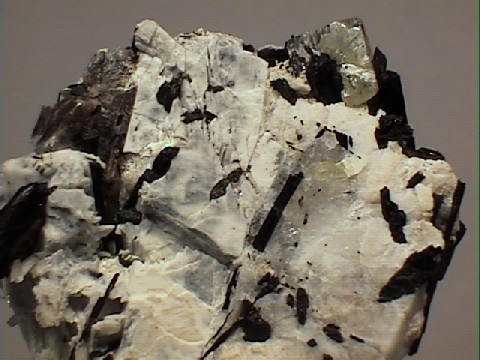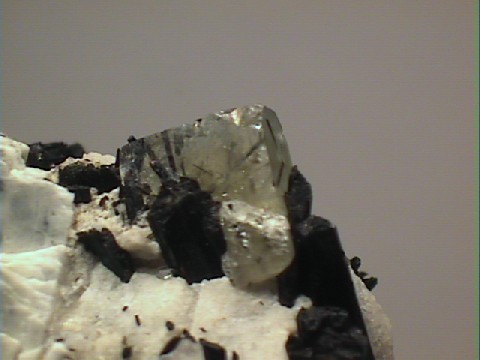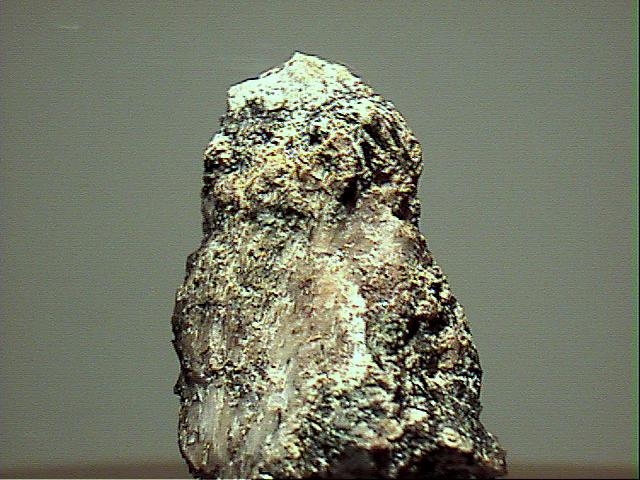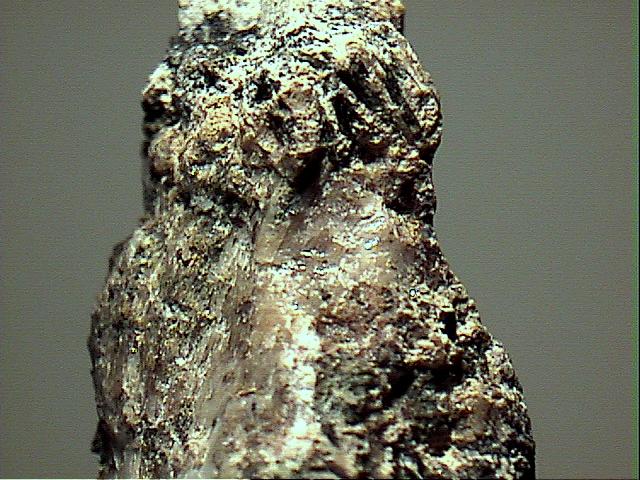 THE
MINERAL LEUCOPHANITE
THE
MINERAL LEUCOPHANITE
- Chemistry: (Na, Ca, Ce)2BeSi2(O, OH, F)7, Sodium Calcium Cerium Beryllium Silicate Hydroxide Fluoride.
- Class: Silicates
- Subclass: Sorosilicates
- Group:
Melilite - Fresnoite - Uses: Very minor source of cerium and as mineral specimens.
Specimens
Leucophanite forms nice crystals that belie their true symmetry. They appear to be tetragonal or even cubic forming rectangular box or cube shaped crystals. But their true symmetry is triclinic, pedion class which is the lowest symmetry possible in a three dimensional system. The only symmetry element is translational shift as it lacks any mirrors, rotations, or even a center. The symmetry is noted by a 1 which represents a one fold rotation (as in if you rotate the crystal one full 360 degree turn, it will look the same as when you started; overstating the obvious). Crystals from minerals that belong to this class can be fascinating with their complex non-symmetrical faces. Unfortunately leucophanite does not show its true symmetry but exhibits an impostor symmetry, and a rather ordinary one at that.
Leucophanite is named for the white flashes that are seen as a crystal is rotated.
Leucophanite loosely translated from the Greek means "white appearing".
There are a few similar sounding minerals such as
PHYSICAL CHARACTERISTICS:
- Color is white to yellowish, yellow and green.
- Luster is vitreous.
- Transparency: Specimens are translucent to transparent.
- Crystal System is triclinic, 1.
- Crystal Habits are pseudotetragonal and pseudocubic forming rectangular box or cube shaped crystals. Penetration twinning is common and forms flat square and elongated crystals. Aggregate rosettes are also seen.
- Cleavage is perfect in one direction and fair in two others.
- Hardness is 4.
- Specific Gravity is approximately 3.0 (average)
- Streak is white.
- Associated Minerals include many rare and beautiful minerals such as
aegirine,
fluorite,
rhodochrosite,
serandite,
albite,
astrophyllite,
natrolite,
rhabdophane,
analcime,
ancylite , catapleiite, epididymite, microcline andbehoite . - Notable Occurrence includes the type locality of
Langesundsfjord district, Norway as well as Mont Saint-Hilaire, Quebec, Canada and Kola Peninsula, Russia. - Best Field Indicators are crystal habit, color, associations, locality and cleavage.






